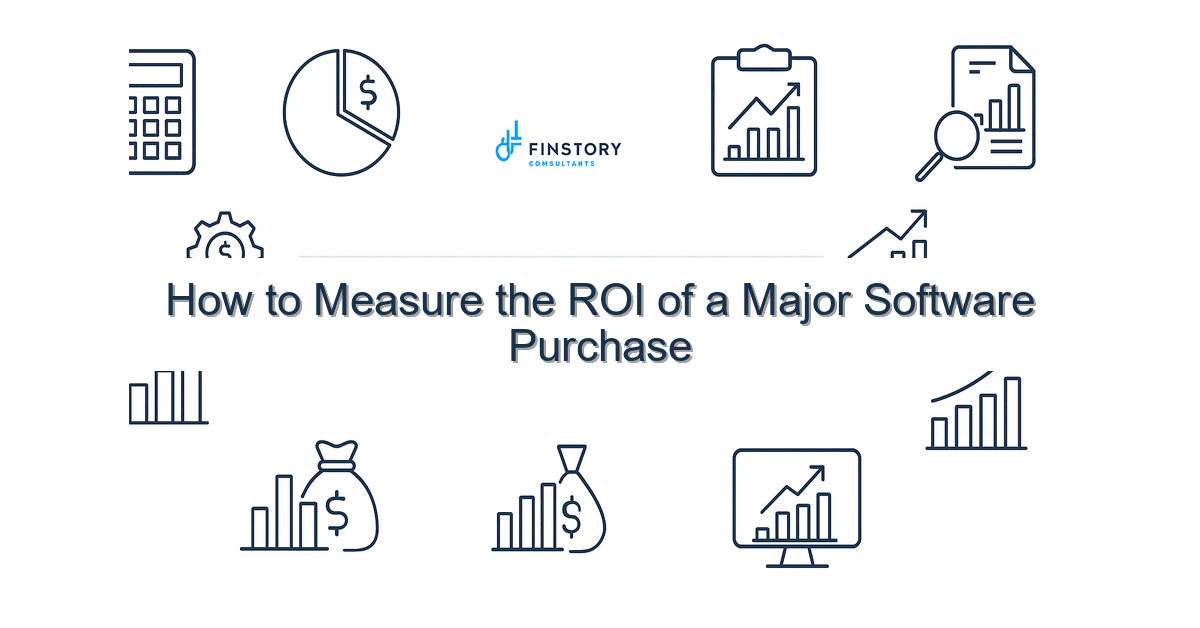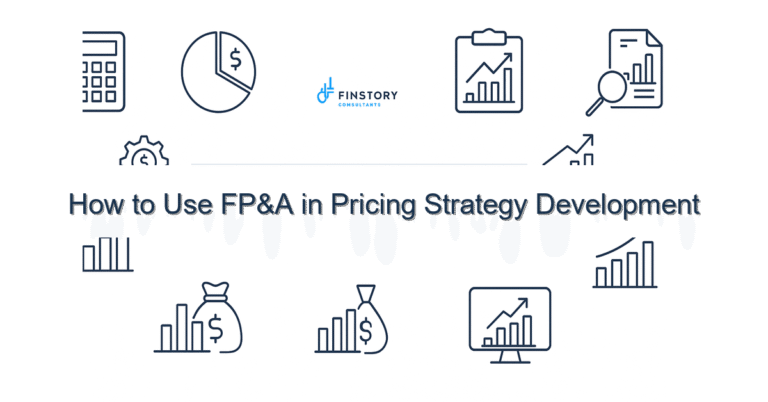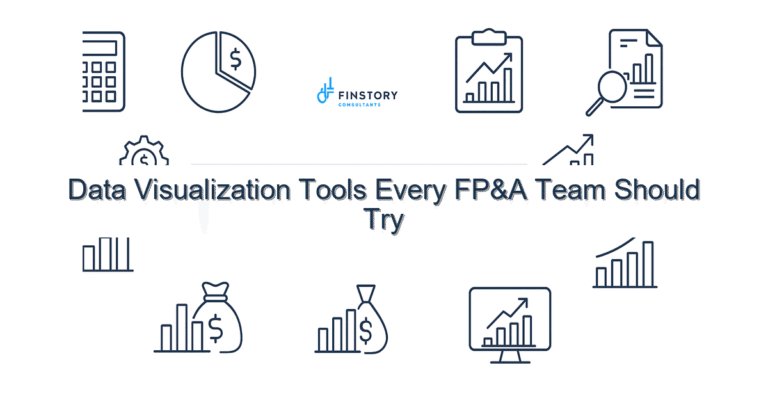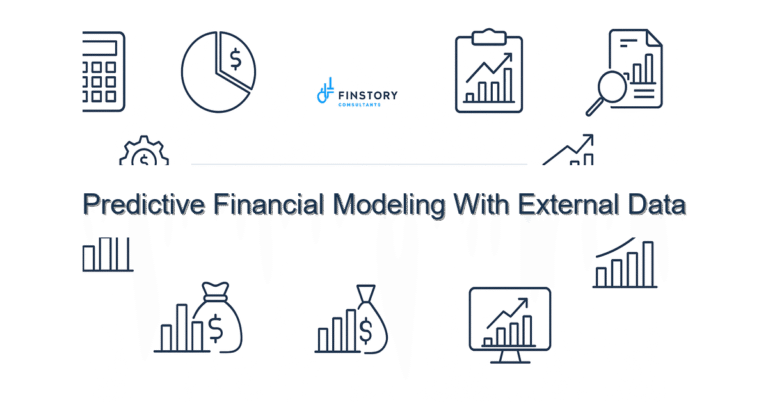How to Measure the ROI of a Major Software Purchase
You’re about to approve a six- or seven-figure software buy and you feel the weight of patients, payroll, and the board. You want confidence the dollar figure buys better outcomes, not just a prettier dashboard.
Summary: Build ROI the way you build patient safety: define outcomes, measure the current state, model benefits conservatively, and tie payments and milestones to verified results. Do that and you turn a risky procurement into a predictable investment.
What’s the real problem?
Healthcare leaders often buy software to solve a visible pain—slow claims, manual billing, or overloaded staff—but the purchase becomes an experiment without a control group. The vendor demo shows possibility; your finance team needs probability.
- Costs balloon after go-live because integrations, data cleanup, and custom workflows weren’t budgeted.
- Adoption lags and benefits never get measured, so “value delivered” is a conversation, not a number.
- Finance lacks a credible baseline to compare post-implementation performance.
- Stakeholders disagree on what counts as a success—revenue, days in AR, FTE reduction, or clinician time saved?
What leaders get wrong
There’s no blame here—this is how complex purchases go wrong by design. But it’s worth calling out the patterns so you can avoid them.
- Fixating on license cost instead of total cost of ownership (TCO) and realized benefits.
- Accepting vendor projections without a baseline, verification plan, or downside scenarios.
- Treating the purchase as an IT project instead of an operational change with finance accountability.
- Waiting until post-go-live to define success metrics and reporting cadence.
A better approach
Use a finance-first framework that ties technology to measurable operations outcomes. Here’s a compact 4-step approach you can use this quarter.
- 1. Define outcomes and owners. List 3–5 outcomes (e.g., reduce DSO, cut denial rate, redeploy FTEs). Assign an owner for each outcome—usually an ops leader and a finance sponsor.
- 2. Baseline the current state. Pull actual metrics for the past 6–12 months: DSO, denial rate, cash lag, error rates, FTE time on tasks. Don’t guess—use reports.
- 3. Build a conservative benefits model. Translate process improvement into dollars and days. Run best/likely/worst scenarios and a sensitivity analysis for adoption and integration costs.
- 4. Link payments and governance to outcomes. Structure commercial terms or internal funding so milestone payments, SLAs, or release prioritization line up with measured benefits and checkpoints.
Story: We worked with a regional system that wanted a new revenue-cycle platform. Instead of accepting the vendor’s 18-month timeline, we baseline-tested denial rates and cash lag. With a conservative model and quarterly checkpoints, the system tracked a 25% reduction in DSO within the first nine months—because the contract tied releases to specific denial-rule fixes and training milestones.
Quick implementation checklist
- Assemble the ROI team: CFO/FP&A lead, ops leader, IT, and a business analyst.
- Pull baseline reports: DSO, days to payment, denial rate, claim rework rate, FTE hours per task.
- Map the end-to-end process you expect the software to change.
- Create a benefits register: each benefit, value driver, owner, and how you’ll measure it.
- Build a 3-scenario ROI model in Excel with sensitivity (adoption %, integration cost, timeline).
- Negotiate commercial terms that include milestones, acceptance tests, and remedies.
- Design dashboards (Power BI or finance automation tool) for weekly operational tracking.
- Schedule governance: monthly executive reviews for the first 12 months.
What success looks like
Success is measurable and unambiguous. Here are outcomes you can quantify:
- ROI: Target a payback period or return (for example, payback within 18–36 months or 20%+ annualized benefit).
- Accuracy: Error/denial rates fall from X% to Y% (e.g., 18% → 10%).
- Cycle time: Claim adjudication or billing cycle time cut by 30–60% (e.g., 72h → 24–48h).
- Cash: DSO reduced by a measurable number of days (e.g., 10–20 days) and cash conversion improves.
- Labor: FTE hours reduced or redeployed (e.g., 1–2 FTEs freed per revenue-cycle team per 100 beds).
- Data quality: Percent of automated reconciliations or matched claims rises to 95%+.
Risks & how to manage them
- Underestimated integration & cleanup costs. Mitigation: Reserve a contingency (10–25%), require a discovery phase, and price fixed-scope integration milestones.
- Poor adoption. Mitigation: Invest in role-based training, pilot teams, and early adopter incentives; measure usage daily initially.
- Measurement errors or gaming. Mitigation: Lock down baseline definitions, use independent validation for early quarters, and triangulate metrics (system logs + finance reports).
Tools & data
Don’t overcomplicate—use the tools your team already trusts. Finance automation can reconcile GL impacts quickly. Power BI is ideal for leadership reporting and trend visualization. Your EHR, ERP, and a central data warehouse should feed a single truth for FP&A and ops.
Examples of practical setups:
- Automated daily extracts from billing/EHR into a data mart for near-real-time DSO and denial tracking.
- Power BI dashboards with role-based views: executives see summary KPIs, managers see work queues and exceptions.
- FP&A-run scenario models that refresh with actuals each month for variance analysis and forecast updates.
Next steps
If you want to move from hope to evidence on a major software spend, start with a focused 4–6 week ROI sprint: baseline, model, contract levers, and a dashboard. That gives you a defensible number to bring to the board and a governance rhythm to protect value.
Work with Finstory. If you want this done right—tailored to your operations—we’ll map the process, stand up the dashboards, and train your team. Let’s talk about your goals.
📞 Ready to take the next step?
Book a 20-min call with our experts and see how we can help your team move faster.
Prefer email or phone? Write to info@finstory.net
or call +91 44-45811170.






